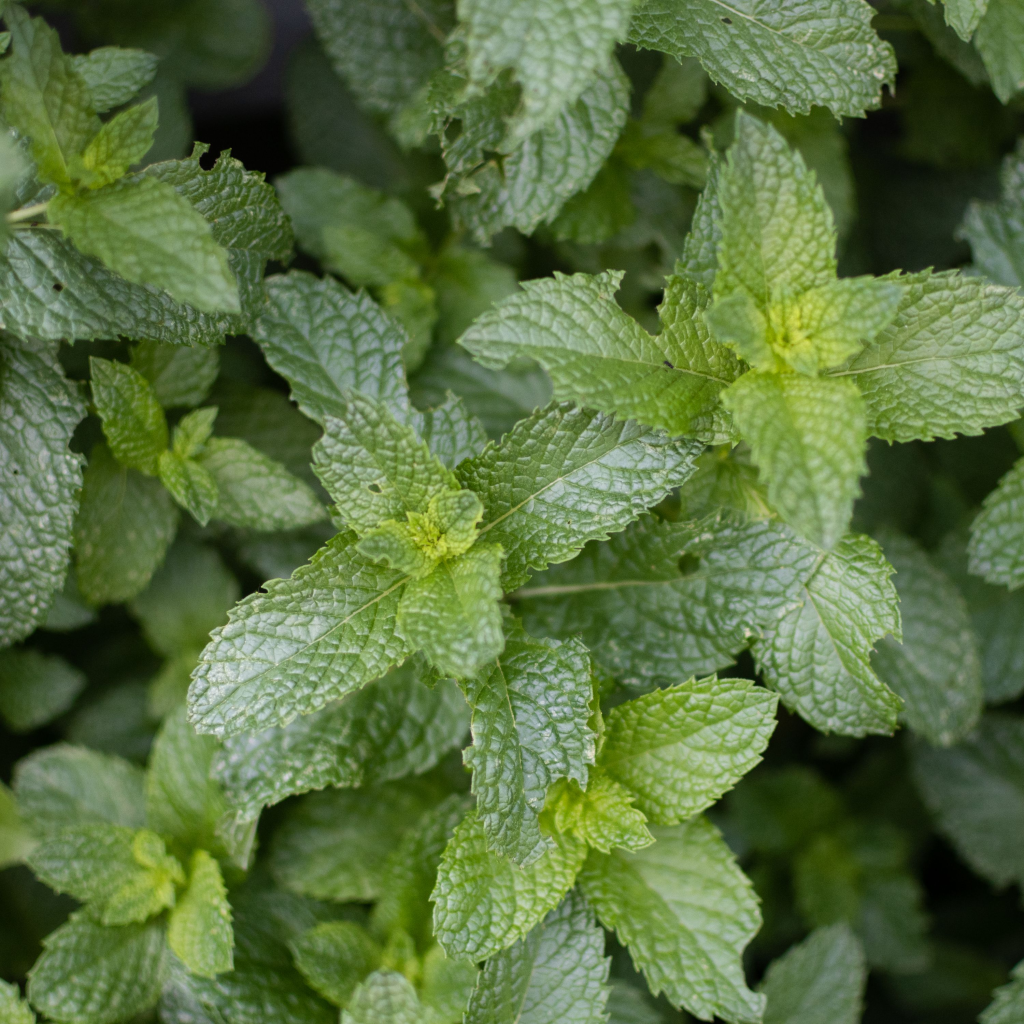Peppermint
A perennial, peppermint thrives in moist, shaded environments. It spreads quickly through runners or rhizomes and has the potential to become invasive. The peppermint plant's leaves are used to make peppermint oil, which is a popular flavoring for foods and drinks as well as numerous other items like soaps and cosmetics. Other applications for peppermint oil include aromatherapy, skin and hair treatments, and natural insecticide.Water mint (Mentha aquatica) and spearmint (Mentha spicata) were crossed to create the hybrid plant known as peppermint. Despite the fact that it is now widespread throughout the world, it is believed to have originated in the Mediterranean region. Users of Welzo can use this article for informational purposes to better understand peppermint.

